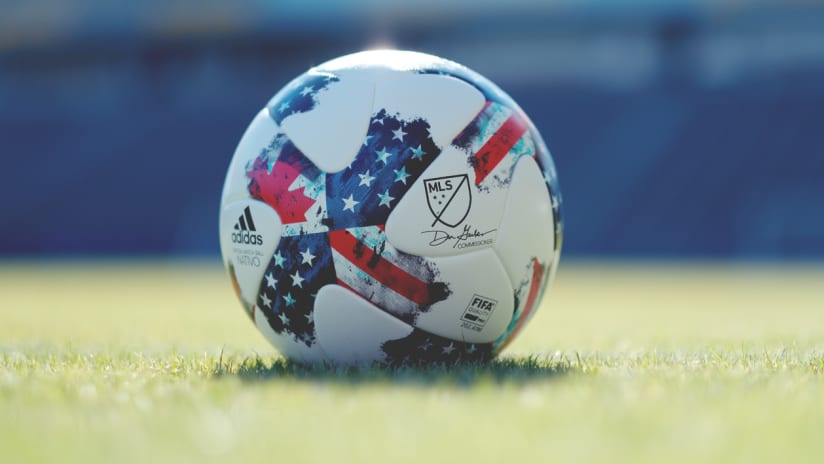NEW YORK – The topic of head injuries is a complex one, even for the top professionals and leaders in the medical field. Progress has been made in recent years with regards to identifying concussions and other head injuries, but everyone agrees there is still work to be done.
This weekend, US Soccer, Major League Soccer and the National Women’s Soccer League officially joined forces in an attempt to accelerate that work. The three entities opened the "Head Injury in Soccer: From Science to the Field" summit on Friday in New York, bringing together coaches, players, medical experts, and other officials from all levels of soccer in North America.
Concussions are the focal point of the conference, including how to identify when a player has one, how to treat the injury, and how to limit the risk of suffering one.
“MLS, US Soccer and the NWSL have brought together some of the leading professionals on head-injury management and prevention to share their research and take a proactive approach at this issue,” said MLS Commissioner Don Garber. “But this is not just about sport. This is about society, this is about the health of athletes and those who deal with head injuries in everyday life.”
The recent increase in research into head injuries in sports has clearly raised awareness and instigated new, proactive initiatives, including the establishment of MLS’s concussion protocol in 2011 and the US Soccer Concussion Initiative in 2016. Now the sport’s leadership in the US hopes to drive the discussion forward.
However, fully understanding such a complex injury will require patience, medical experts caution.
“There’s still so much to learn about the injury,” US Soccer chief medical officer Dr. George Chiampas told MLSsoccer.com. “Applying one way or one mechanism of managing it, for example, in the professional [ranks], may not necessarily be applicable across the board for the youth.
“Regardless, we still have to find ways to make sure that at the end, any player who plays the game who has a concussion or a suspected concussion is managed appropriately. If that management is handled appropriately and the individual is taken care of, obviously, their ability to return to sport and the game they love is going to be a positive outcome.”
For Garber, finding answers to the litany of questions about head injuries in soccer will be an ongoing quest.
“As the leader of the men’s first division league, the diagnosis, treatment and prevention of concussions in soccer, along with the education of players, stakeholders and the community, has always been a mandate for us,” he said. “But also as a citizen of the world and as somebody that thinks about how we try to use sport to improve the lives of people that live in our society, I believe we can use all of our connections, with sponsors and broadcasters, and the influence that we have on society to raise awareness of these issues that go way beyond sport.
“This summit is just the beginning.”
Following the summit's conclusion on Saturday, MLS, U.S. Soccer, and the NWSL released the following joint statement:
For the first time a group came together to discuss topics ranging from mechanism of injury, to early identification, prevention, and approaches to treatment and rehabilitation of head injuries specific to the sport of soccer in North America. Highlighting this summit was not only the partnership of Major League Soccer, U.S. Soccer and the National Women’s Soccer League, but also the engagement of coaches, players, and medical professionals from all levels of the game.
The evidence-based research discussed at the summit will be interpreted and ultimately used to inform a series of recommendations to further promote player safety at all levels of the game. That interpretation and consensus will take time as the most appropriate application of the research must be specific to the individual age, gender, and competitive level of play. The research on this topic is on-going and our approach will evolve as we continue to create an environment that ensures the long-term health and safety for all players.










